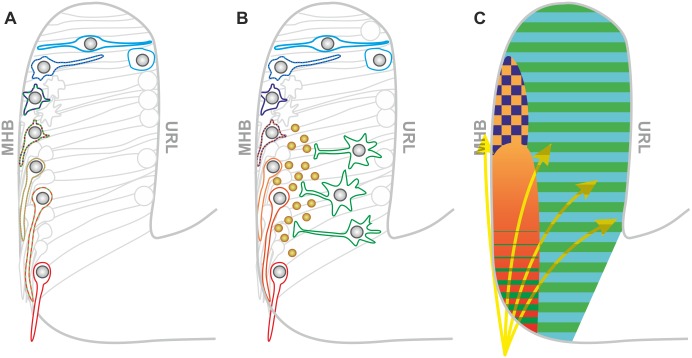Fig 7. Model: Activity generates a map to regulate THN migration.
(A) THNs respond to different neurotransmitter systems successively along their route. First, THNs react to glycine (blue). At the MHB, cells need to orient ventrally. In order to avoid that THNs move in the wrong direction at this stage, a slowdown is imposed by glycine-induced hyperpolarization and glutamate. As THNs have established the new direction and begin axonogenesis [4], they respond to ACh (orange to red). ACh-mediated depolarization counteracts the hyperpolarization by glycine to promote migration in phase 2. Glutamate is now perceived by the THNs to slow down in the ventral part of the MHB as they approach their destination. (B) Alternatively, THN migration could be regulated by glycine-induced hyperpolarization and ACh-mediated depolarization as outlined in (A). Yet, as glutamate also promotes depolarization, it is possible that glutamate acts on a second, as yet unidentified group of neurons (green cells) that releases THN-inhibiting factors (brown spheres). (C) Map of the cerebellum of a 28 hpf embryo, charting the regions of influence for different neurotransmitter systems. In this map, glutamate (green) and glycine (blue) are present throughout the cerebellum, whereas ACh is present at the MHB. Their perception is likely to depend on the THNs expressing the respective receptors. The overlap of glycine and ACh occurs in a region spanning approximately 25%–35% MHB. The territories of influence for the neurotransmitters do not fully dictate the response by the THNs, as these also integrate additional influences, such as a chemical gradient from the ventral region of the MHB (yellow arrows), that function as guidance cues. ACh, acetylcholine; hpf, hours post fertilization; MHB, midbrain-hindbrain boundary; THN, tegmental hindbrain nuclei neuron, URL, upper rhombic lip.

